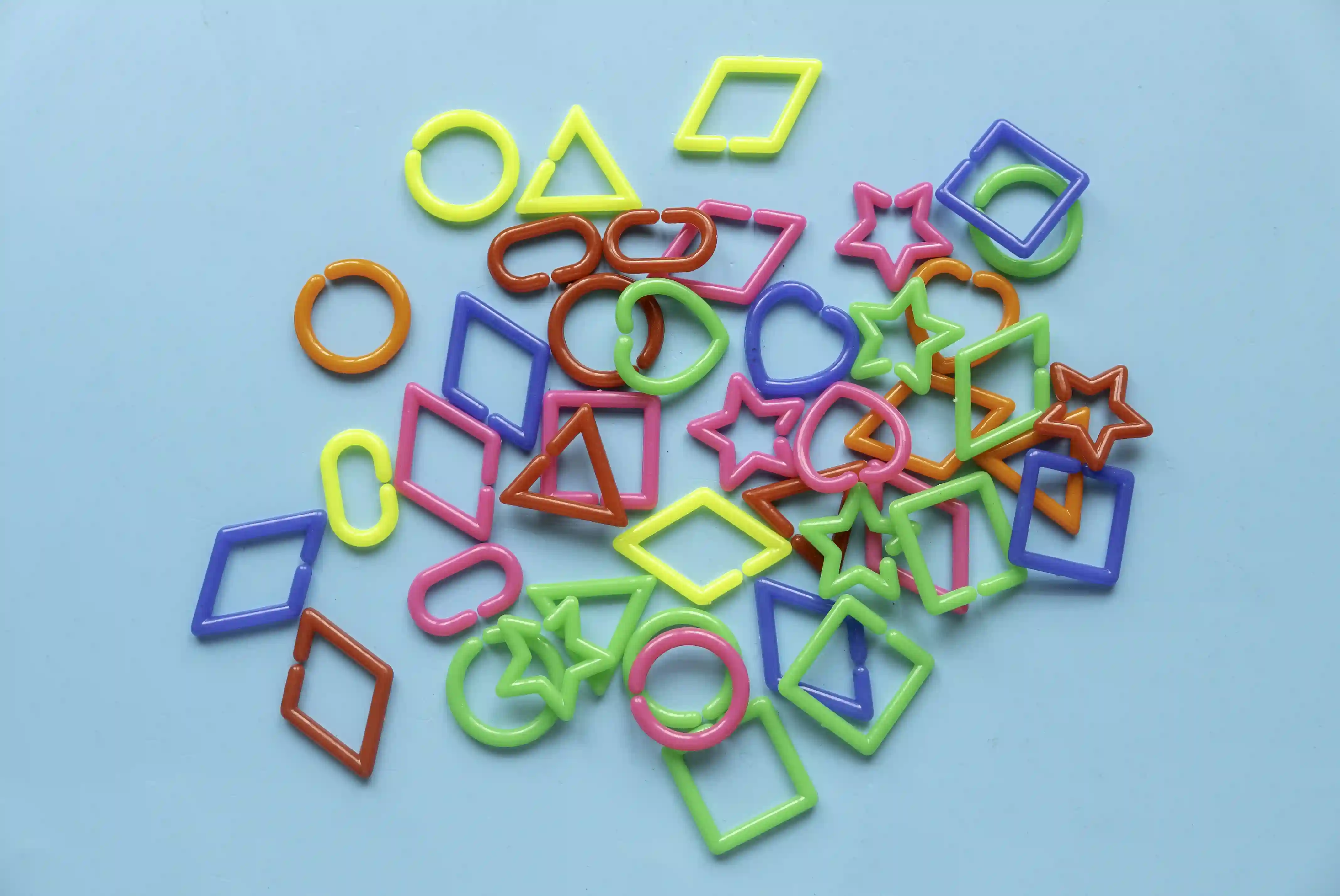Kodeclik Blog
What Color is Math? Exploring the Visual Representation of Abstract Concepts
Mathematics, as an abstract field of study, challenges us to think beyond the tangible and explore the conceptual. While traditionally perceived through numbers, equations, and proofs, the question 'What color is math?' invites us to consider its representation in a visual context. In this blog post, we delve into the metaphorical, synesthetic, and philosophical dimensions of this intriguing inquiry.
The Abstract Nature of Mathematics
Mathematics is often described as the language of the universe, a system of logic and reasoning that underpins scientific discoveries and technological advancements. It encompasses concepts like numbers, shapes, patterns, and relationships, providing a framework for understanding the world around us. Unlike tangible objects that possess physical colors, math exists in the realm of abstraction, where its 'color' becomes a metaphorical and symbolic representation rather than a literal hue.
Metaphorical Interpretations of Math's Color
When we contemplate 'What color is math?', we're exploring metaphorical associations that relate to how we perceive and interpret abstract concepts:
1. Precision and Clarity: Math can be envisioned as a clear, transparent color like crystal or glass, symbolizing its precision, logic, and the structured nature of mathematical proofs.
2. Complexity and Depth: Alternatively, math could be imagined as deep, dark colors such as navy blue, indigo, or midnight black, representing the complexity and profoundness of mathematical theories and the depths one must explore to understand them fully.3. Creativity and Innovation: For others, math might evoke bright, vibrant colors like neon green, electric blue, or fiery red, symbolizing the creativity and innovation involved in mathematical problem-solving and the discovery of new mathematical principles.
Why is Math a Fusion of Colors?

Mathematics, despite its abstract nature, embodies a rich tapestry of colors metaphorically. Each mathematical concept can be likened to a distinct hue on the palette of knowledge. Just as colors blend and mix to create new shades and depths, mathematics intertwines various principles and theories to unveil intricate patterns and solutions. The clarity of a geometric proof might shimmer with the transparency of crystal, while the depth of number theory resonates with the profound indigo of infinity. Math's vibrant neon greens and fiery reds echo the creativity and innovation inherent in problem-solving, illustrating how mathematical ideas, like colors, can evoke emotions and perceptions. This fusion of colors in math underscores its dynamic and multifaceted nature, inviting us to explore its beauty beyond numerical constructs.
Synesthesia: Seeing Math in Color
Synesthesia is a neurological phenomenon where stimulation of one sensory or cognitive pathway leads to involuntary experiences in a second pathway. Some individuals with synesthesia perceive numbers, letters, or even entire concepts with specific colors. For example, the number '3' might consistently appear as yellow, '8' as purple, or 'π' (pi) as turquoise. This unique perspective offers a literal interpretation of 'What color is math?', providing insight into how some individuals experience abstract concepts through sensory associations.
Cultural and Historical Perspectives

Colors have held symbolic meanings across cultures and throughout history. In ancient Greece, philosophers like Pythagoras contemplated the mathematical principles governing the universe, viewing numbers and geometric shapes through a lens of cosmic harmony and order. In Eastern cultures such as China, colors like red, gold, and emerald green traditionally symbolize prosperity, auspiciousness, and balance, influencing cultural perceptions and interpretations of mathematical concepts.
Philosophical Reflections on Math and Color
Philosophers have long debated the nature of perception and reality. In the context of math and color:
• Representation vs. Reality: Does assigning a color to math alter its fundamental nature, or does it simply reflect our subjective interpretations and associations with abstract ideas?
• Symbolism and Meaning: How do symbolic representations, such as colors, shape our understanding and engagement with mathematical concepts? Does a color-coded approach enhance or limit our comprehension of math's abstract nature?
Mathematical Beauty and Aesthetics
Mathematics is revered for its intrinsic beauty and elegance. From the symmetry of geometric patterns to the harmony of mathematical equations, beauty in math transcends traditional aesthetic qualities like color. Mathematicians often describe their work in terms of aesthetic appeal, appreciating the elegance and simplicity of proofs and theorems irrespective of any visual representation.
Application in Modern Science and Technology
Beyond its philosophical and aesthetic dimensions, math's metaphorical color representation finds practical applications in modern science and technology. Algorithms in computer science, for instance, are often visualized through coding languages that use color to represent different operations and functions. In physics, mathematical models are represented graphically with colors to depict complex data sets and theoretical frameworks, enhancing our understanding of natural phenomena from quantum mechanics to cosmology.
Conclusion: Embracing Diverse Perspectives
In conclusion, the question 'What color is math?' serves as a gateway to explore diverse perspectives on the visual representation of abstract concepts. Whether approached metaphorically through clarity, complexity, or creativity, or explored through synesthetic experiences that assign colors to mathematical entities, the inquiry enriches our understanding of how we perceive and interpret mathematical ideas.
As you contemplate 'What color is math?', consider the multitude of interpretations and associations that contribute to our collective understanding of this fundamental discipline. Math, in its essence, remains a boundless exploration of patterns, logic, and relationships—an exploration that transcends the confines of color and invites us to embrace the beauty of abstraction in all its forms.